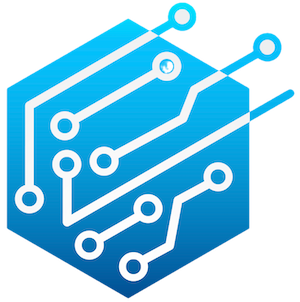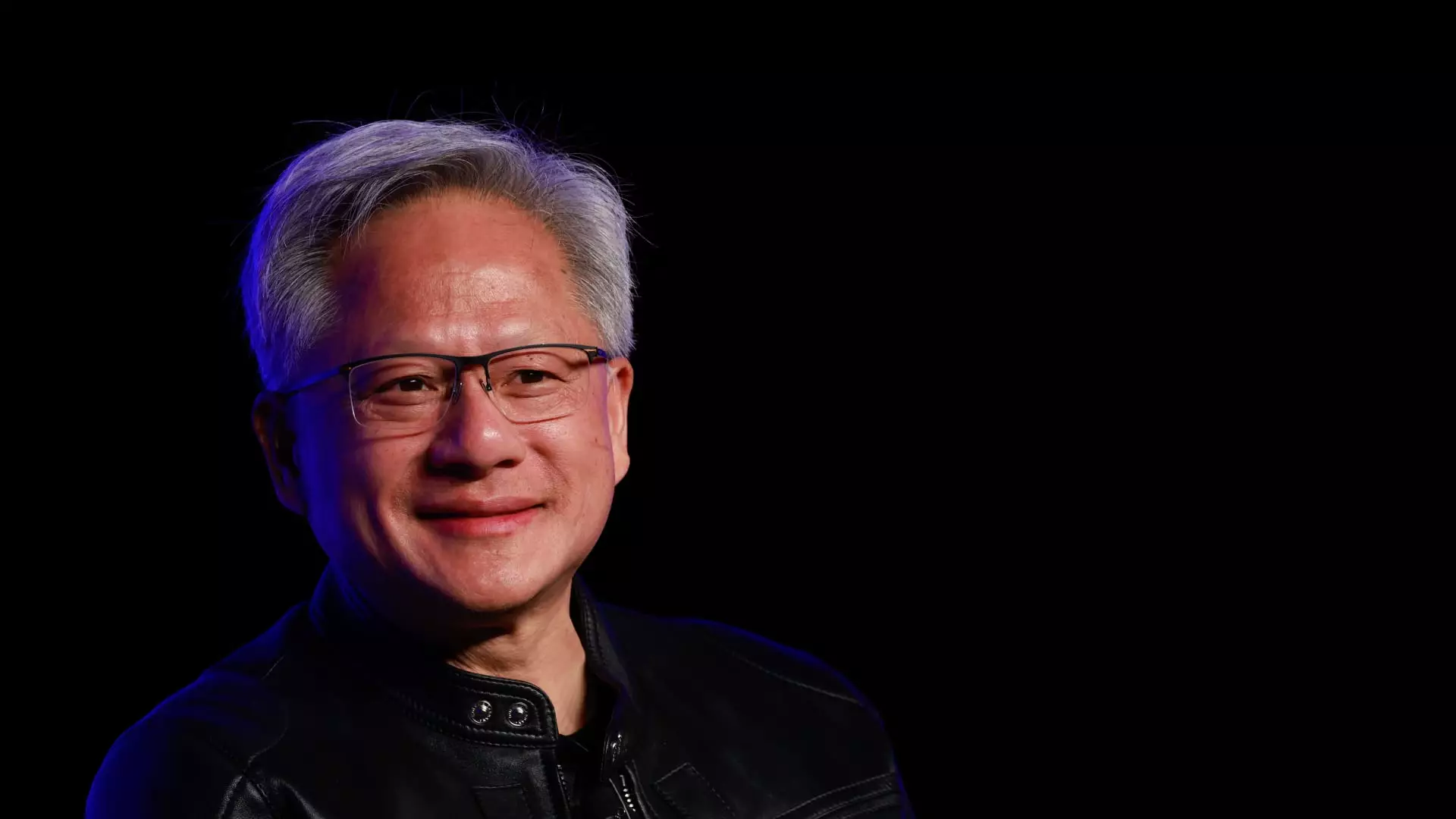In an era that demands efficiency and adaptability, artificial intelligence (AI) is emerging as an unparalleled force of transformation. Nvidia CEO Jensen Huang recently made headlines by declaring AI as the “great equalizer,” fundamentally reshaping how humans interact with technology. Traditionally, the path to programming was labyrinthine, filled with complex languages and steep learning curves. However, Huang argues that the introduction of conversational AI is breaking down these barriers, allowing anyone—regardless of technical background—to harness the power of machines with the ease of everyday language.
Huang’s insight into AI’s potential to democratize technology exemplifies a significant shift in our understanding of programming. Once dominated by specialists who spoke in C++ or Python, programming is now accessible to virtually anyone who can communicate in plain English. This newfound accessibility represents not just a technical revolution but a cultural moment that challenges the very fabric of how we conceive expertise and specialization.
The Conversational AI Craze
The rapid rise of conversational AI, sparked by innovations like OpenAI’s ChatGPT, underscores a burgeoning societal embrace of this technology. With millions of active users tapping into these advanced systems, the way we communicate with machines is transforming dramatically. Rather than coding lines of complex syntax, users can now engage with AI in a manner similar to human conversations, facilitating an immediate and intuitive interaction.
At industry events, such as the recent London Tech Week, Huang illustrated this concept by noting how one could solicit a poem from an AI by merely asking it in a friendly tone. This anecdote reveals a deeper truth: that AI programming is no longer an esoteric pursuit reserved for the tech-savvy. Rather, programming now resembles more of a dialogue with a collaborator than a monologue dictated by rigid restrictions. This could inspire a wave of creativity and innovation, as even those without formal coding training can create complex outputs.
Empowering the Workforce
Huang’s comments are timely, as AI adoption is accelerating across diverse sectors—from e-commerce platforms like Shopify to educational tools like Duolingo. Companies are not just incorporating AI into their workflows but are also actively encouraging employees to do the same. This cultural shift elevates the conversation around job displacement often associated with AI. Instead of viewing these tools as job-stealing robots, businesses are beginning to see them as augmentative tools that enhance individual capability and productivity.
What Huang strongly advocates for is an embrace of this new frontier. He believes that as workers begin to leverage conversational AI, they not only enhance their productivity but also enrich their roles within organizations. Individuals who invest in understanding and utilizing AI tools stand to amplify their contributions, making themselves invaluable assets in an increasingly automated landscape.
Children and the Future of Interaction
One of the most enthralling aspects of Huang’s assertions is his recognition of children’s natural affinity for technology. Today’s youth are growing up in an environment where conversational AI is becoming commonplace. They intuitively interact with these systems without the trepidation or barriers that adults often face. This organic interaction raises compelling questions about future educational frameworks and the emphasis on coding languages versus human communication.
If children are naturally concluding that programming is not merely about syntax but about effective communication and collaboration, the implications for society could be profound. This shift could redefine how we prepare future generations for careers in technology. Skills traditionally deemed as “programming essentials” might evolve to prioritize emotional intelligence and collaborative problem-solving—traits that historically have not been highlighted in technical training.
The Call to Engage
As an advocate for embracing this transformative technology, Huang challenges us to participate actively in this new digital dialogue. His encouragement to explore and engage with AI offers an invigorating vision of a world where technology becomes an extension of human expression. He argues convincingly that AI can serve as a tool for empowerment rather than an adversary in the job market.
In essence, Huang’s call to action resonates deeply in today’s rapidly evolving technological landscape. Engaging with AI doesn’t just cater to the needs of businesses and consumers but can redefine our very essence of interaction with machines. As we step into this transformative era, a profound shift awaits those willing to embrace the power of conversation—not just in articulating demands but in shaping our collective future.


Leave a Reply